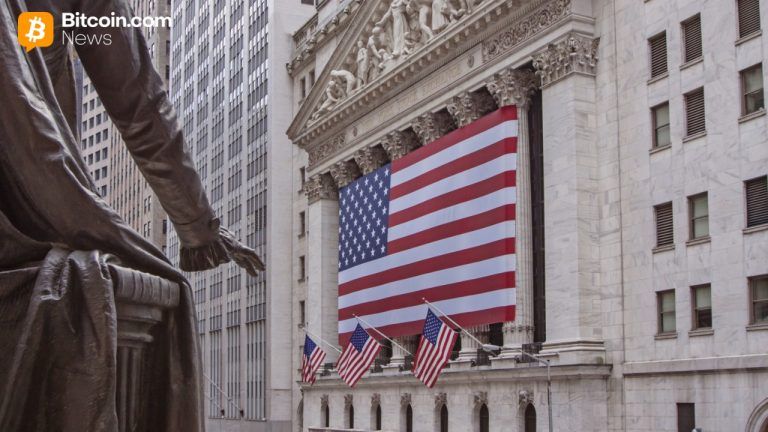S&P Global attempts to assess crypto assets’ susceptibility to macroeconomics
3 min read
Rating provider S&P Global has examined the relationship between crypto assets and macroeconomics in a new report. Its conclusion is a firm “maybe” and the details are complex, mainly due to “idiosyncratic events” such as the crypto winter , geography and the industry’s short history.
Crypto assets have a different value proposition from traditional assets and different performance drivers, the S&P report noted in its introductory paragraphs, but the interconnectedness of the crypto ecosystem and macroeconomics is inescapable. The S&P analysts compared the S&P Cryptocurrency Broad Digital Market Index (BDMI) with other financial indicators to assess the extent of that interconnection in five areas.
“Crypto assets are not exempt from the effect of macroeconomic changes,” the report said, but the role idiosyncrasy plays in crypto economics is significant. For example:
“In general, crypto markets have performed well in periods of expansionary monetary policies, although we are not able to establish a causal relationship. Some of the large swings in crypto currencies have taken place following factors that are not directly related to monetary policy, such as the FTX collapse.”
On a daily rolling three-month basis interest rates and the #crypto index have exhibited an inverse relationship 63% of the time since May 2017. This increases to 75% from May 2020, following the start of the COVID-19 pandemic.
Read the latest research: https://t.co/WH4cWUOUiT pic.twitter.com/FAJ06RSwZH
— S&P Global (@SPGlobal) May 10, 2023
Crypto’s relation to recessionary expectations is also highly specific, although the variables differ. In this case, the user’s location and the stability of the local fiat currency are factors. The appeal of crypto assets depends on the performance of fiat. Nonetheless, the report noted the launch of “asset management products that include crypto assets” linked to crypto’s perceived ability to withstand economic shock in general.
Related: Bitcoin drops with stocks as analyst warns of banking crisis ‘endgame’
The picture of crypto as an inflation hedge is unclear. “This is a complex topic, and the data may be too short to confidently address it,” the authors wrote. Again, geography and idiosyncrasy are factors here, they said, as crypto’s resistance to inflation may be a driver of its popularity in emerging markets with unstable fiat currencies. The authors also noted thatcrypto market cycles sometimes have causes unrelated to macroeconomics.
The analysts wrote with greater certainty about crypto assets’ relation to the strength of the dollar. There is an apparent negative correlation between them, but a closer look did not support that. “Correlation does not substitute for causation,” the report said.
Crypto’s reaction to financial stress and market volatility was demonstrated in relation to the CBOE Volatility Index, “also known as the fear index.” As fear of instability rises in the traditional economy, crypto asset prices slide. The banking crisis in March caused some stablecoins to depeg, and crypto-friendly banks are exposed to the idiosyncrasies of crypto, the analysts noted.
Considering that many crypto proponents cite macroeconomic factors, such as crypto’s resistance to inflation, as its major strengths, the report’s lack of firm conclusions is enlightening in itself. The analysts speculated that the link between macroeconomics and crypto assets might increase with greater institutional adoption of crypto.
Magazine: 3AC cooks up a storm, Bitcoin miner surges 360%, Bruce Lee NFTs dive






